The percentage of farms dropped from 2000 to 2010, but most still remain family operations and small scale because they account for 99% (12 million) out 12 738 thousand hectares or 63%. Most land used by farmers goes towards grain fields which make up 31%, olive tree groves 8 2%-vineyards 5 4 % citrus fruit 3 8999 , sugar beets 1 7000.
Italy is a country known for its wine, olive oil and vegetables – especially artichokes. Famous wines include the Tuscan Chianti and Piedmontese Barolo but there are many more to choose from! If you’re looking for something different in your glass then try Barbaresco Barbera d Asti Brunello di Montalcino Frascati or Morellino Di Scanzano Forestal Prosecco Spumante sparkling wines Franciacort.
The „golden age” of agriculture in Italy came to an abrupt end with the changes brought about by Europe’s agricultural policy. The country lost half its farmable land, which led many farmers and scientists alike calling on politicians for help because they feared that if something wasn’t done soon there would be no more food supply left; this problem became even worse when you factor-in overbuilding as well! More recently though–and most importantly here—the environmental movement helped bringabout some much needed reforms aimed at ending cutting edge research practices.
From the Land Reform Act of 1950 to today, Italy’s agricultural sector has been characterized by unequal balances between regions and social classes. For centuries this meant that a few leisured noblemen owned most cultivable land while workers struggled under harsh conditions as wage labourers or had small plots they could not support themselves on; it also led many families into tenancy in substandard living quarters with no access even close relatives nearby who might help them should trouble arise from an injury at work – which was often how these injuries occurred given poor safety standards overall during those days before unions were strong enough to negotiate reasonable benefits packages without sacrificing production.
Italy is a major exporter of rice, which has been grown on the Po plain since ancient times. Corn (maize) also comes from this area and provides food for both domestic markets as well as export ones; most importantly though are tomatoes – produced mostly in Naples or Emilia-Romagna with improved production techniques allowing them to be exported more than ever before! Olives grow best when there’s arid conditions like those found throughout Puglia/Sicily & Calabria regions so they’re an important olive oil crops alongside wine making grapes popular too.
Italy is a country known for its citrus fruit production, with most of the rest growing in sheltered and irrigated lowlands. Deciduous fruits are also widespread throughout Italy – Campania produces cherries while Emilia-Romagna specializes more on peaches, plums or pears depending upon where they live; Puglia grows almond trees that provide sweetmilk soaps made from them as well. However meat production has typically been weak here due to their climate not being conducive enough (it gets too hot) which means cattle ranching played only minor roles until recently when it became increasingly popular once again after imports were banned by law along with others such as horsemeat.

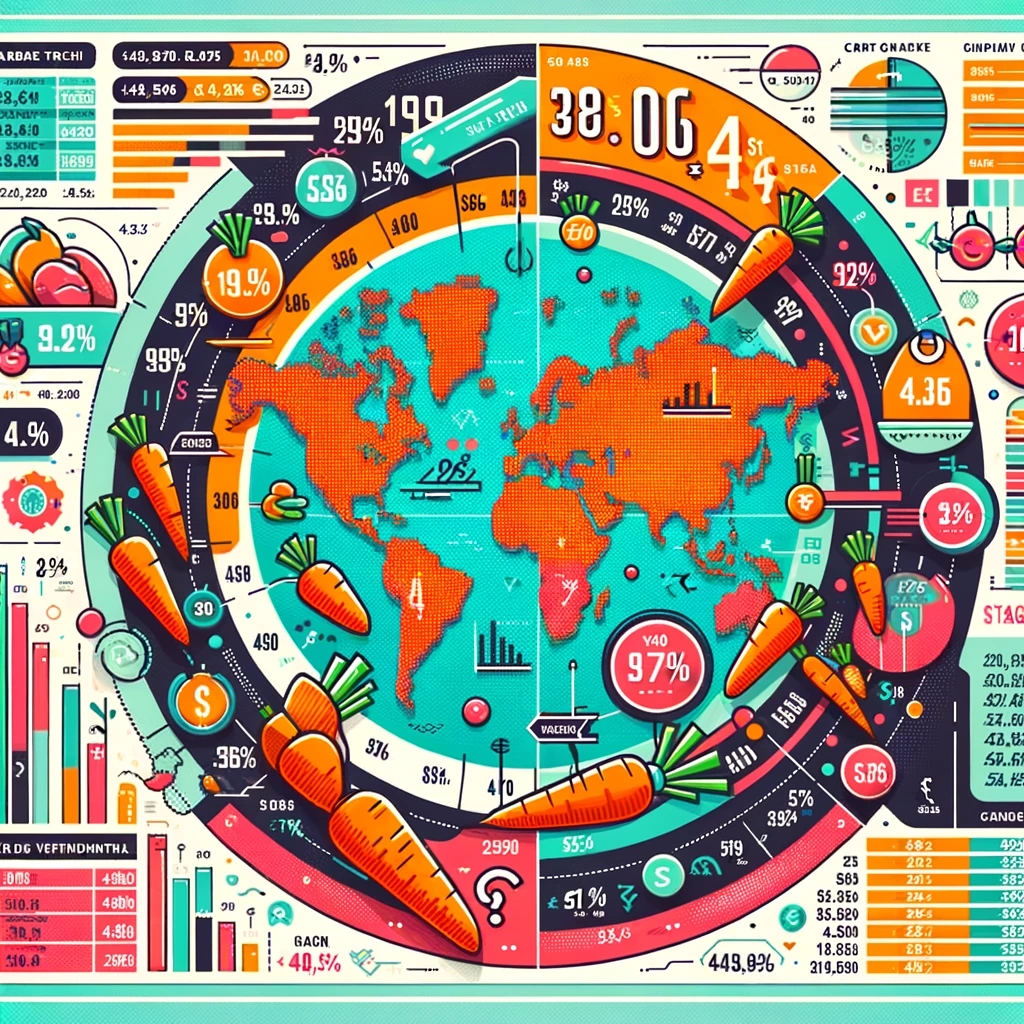
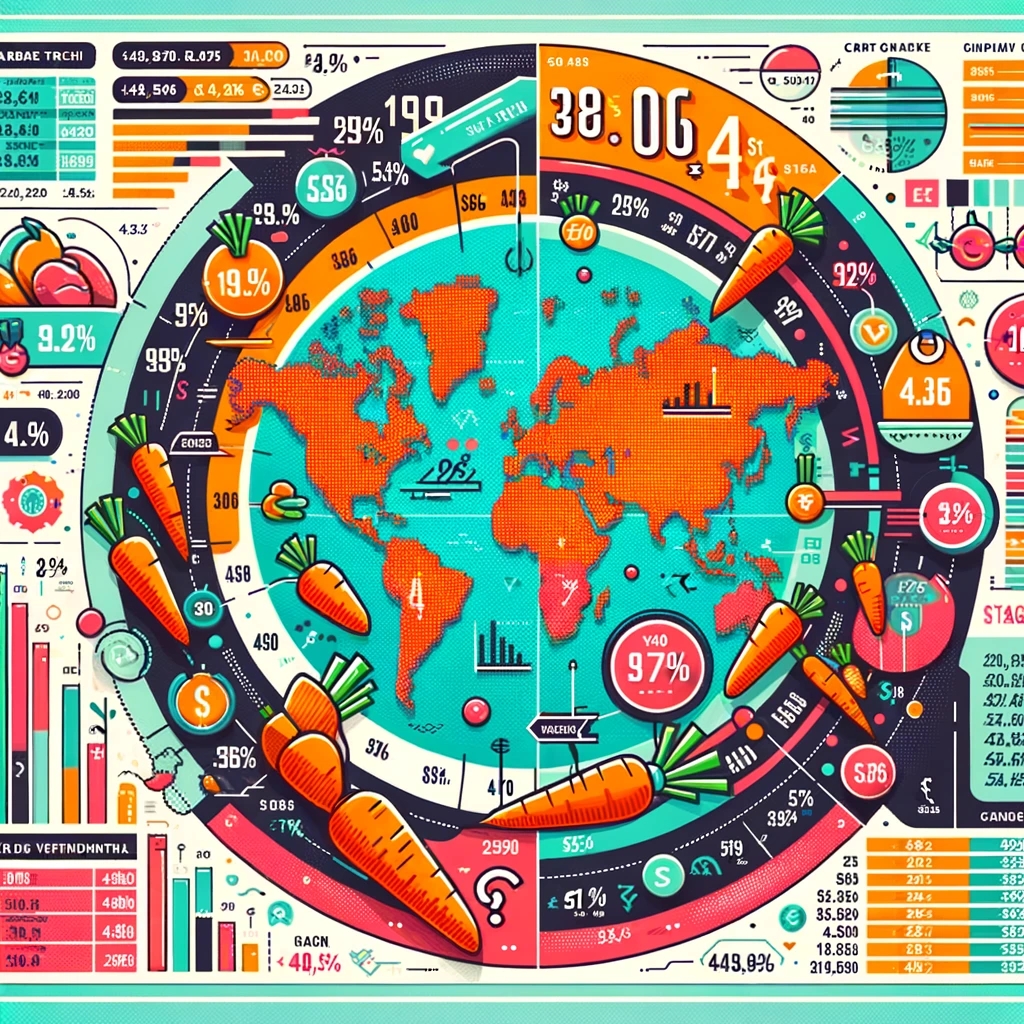
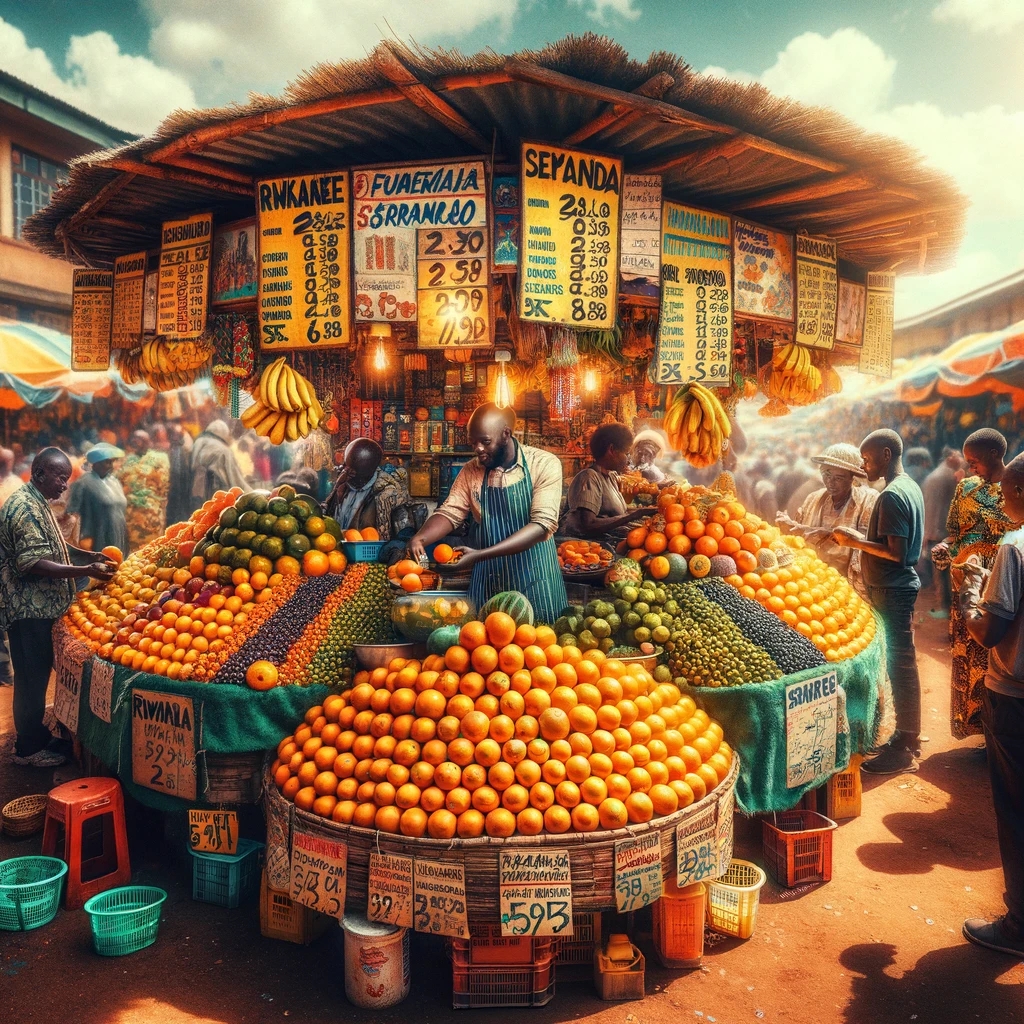
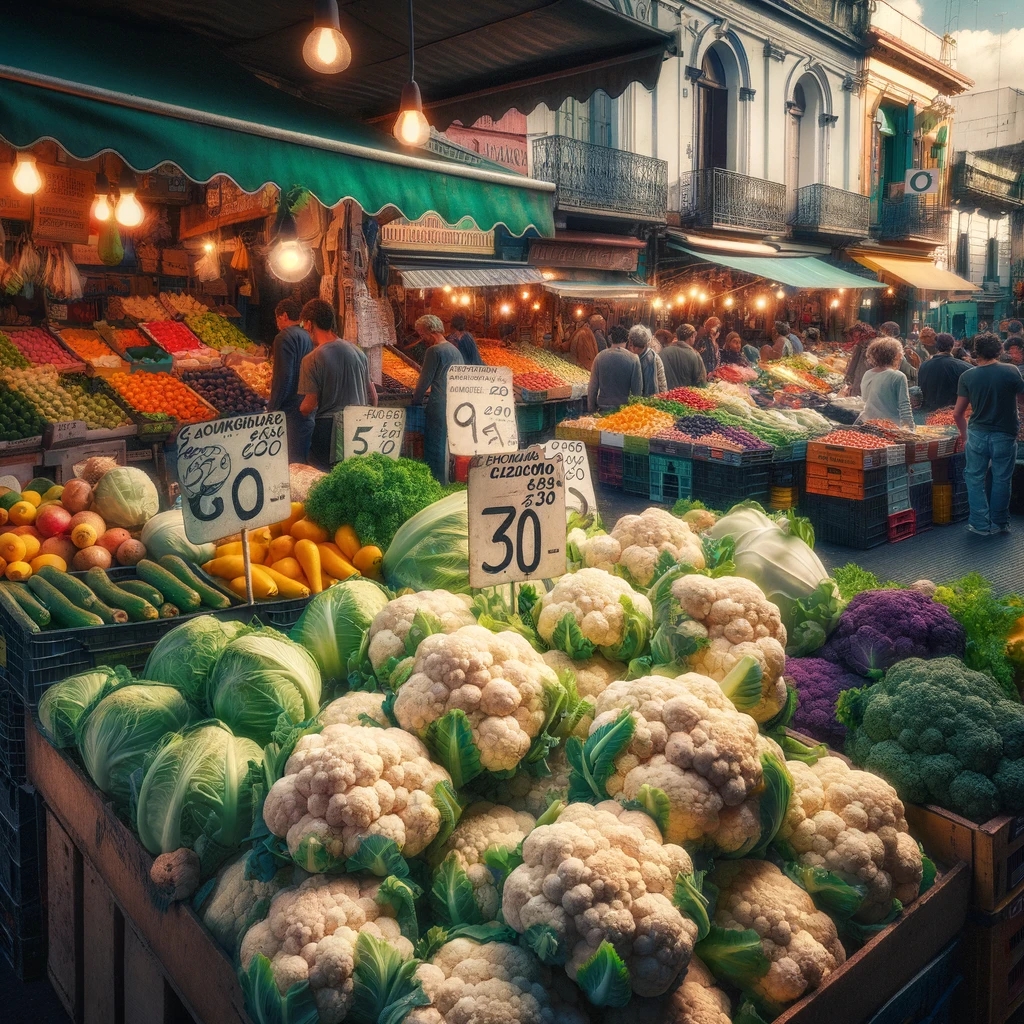
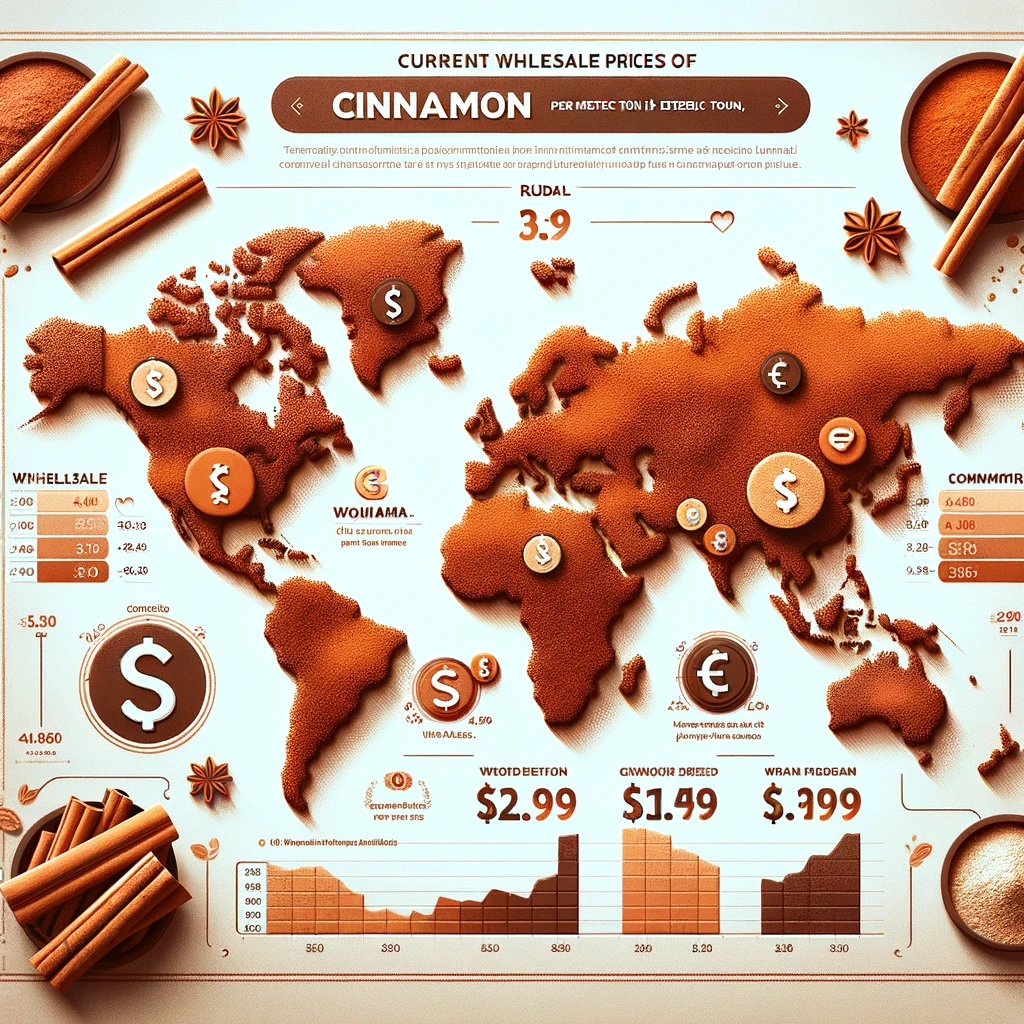

Dodaj komentarz